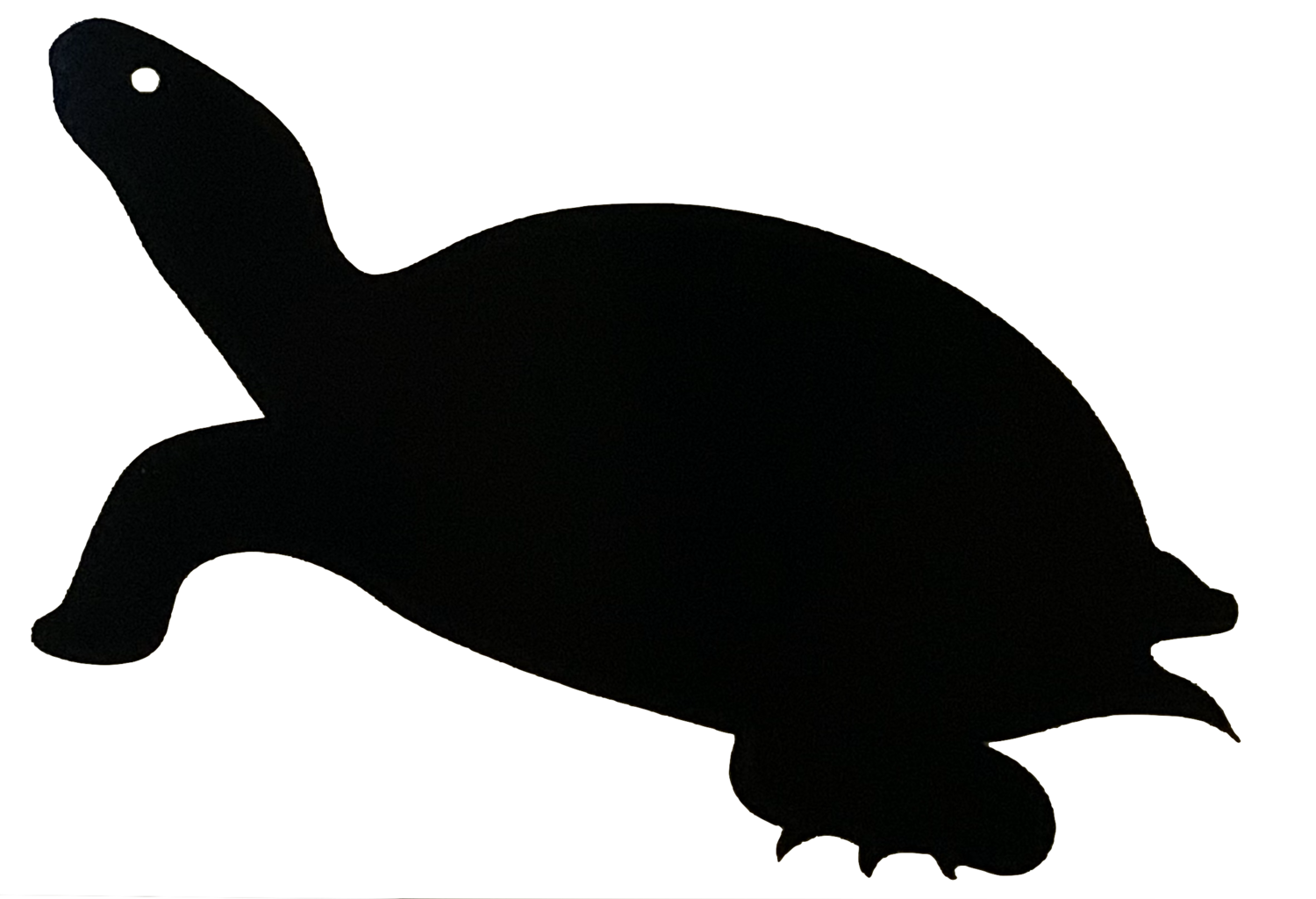Hatchlings on the Move!
As late summer begins, a new phase of development and movement occurs with Ontario’s turtles. The newest generation of turtles that we have been trying so hard to protect begin to emerge from their nests - turtle hatchlings! Allow us to share what we know about Ontario’s turtle hatchling population and how we can help them.
Hatchling facts
Less than 1% of turtle eggs make it to sexual maturity, mainly due to predation. This is why it is important for us to help hatchlings have their best chance of survival
It takes 60 to 90 days for a turtle hatchling to hatch from it’s shell
A turtle’s sex is determined by the temperature of the nest during incubation
Species of hatchling
Each of our 8 species of turtles have distinct looking hatchlings; however, they can be even harder to tell apart than their adult counterparts. Let’s take a look at some photos for comparison.
Painted turtle - red on shell edges (carapace) and yellow spots on head
Snapping turtle - long tail and ridged shell (on top and edges)
Map turtle - yellow lines on head and serrated shell at back
Spotted turtle - notice spots on shell and head (not in Kingston). Photo by Crowley via Canadian Herpetological Society
What happens when turtles hatch and what are their threats?
Once turtle eggs hatch in the wild, the hatchlings emerge from their nests and set off to make their way to the water. At this time, hatchlings are extremely vulnerable. Birds can swoop them up and land predators - such as raccoons and skunks - can also easily hunt them down. Tiny turtle hatchlings can have a perilous, slow moving journey to the water. Some predators with acute hearing can even hear the stirring of hatchlings underground as they hatch and will predate nests up until the day they emerge. In addition, like adult turtles, hatchlings will often have to cross roads in order to find water - leaving them susceptible to getting hit by cars.
A raccoon digs up a turtle nest Source
A predated snapping turtle nest is shown in the grass Source
Any turtle nest where you can see egg shells on the surface of the earth indicates the nest was predated and not hatched naturally.
Did you know?
Have you heard of a subsidized predator? Humans accidentally ‘subsidize predators’ by feeding wildlife or improperly disposing of garbage (such as littering) which causes the predator to benefit from human presence and depend on human scraps as a food source. When humans leave the area or no food is available, the subsidized predators turn to easy meals (such as turtle eggs and hatchlings) in the vicinity. We all have a responsibility to avoid subsidizing predators and having a negative impact on the natural food chain.
How we can help
You may come across a nest of emerging hatchlings from mid August to late October, or possibly early the following spring.
If you spot a hatchling on the road you can help it cross when it is safe to do so. If you are able, you can bring the hatchling(s) to the side of the closest body of water. Do not put a hatchling directly into the water since there may be predators lying in wait. Let the turtle enter the water on its own. The best place to release the hatchling is at the edge of the water, ideally close to a shallow entry point with vegetation for support and cover.
If there are multiple hatchlings to release, it is best to release them about 10 feet apart to avoid predators locating multiple hatchlings at once.
If you find a hatchling that is not on the road, you should consider whether it even needs help. It is likely that the hatchling is headed where it needs to go and doing what it wants to do, so there is no need to interfere.
If you find a hatchling that is not near water, it may have been dropped by a bird. You can help by transporting it to the nearest body of water and as mentioned above, leaving it alongside the body of water. The hatchling should make its own way into the water.
Report your sightings
Just like we appreciate your adult turtle observations, hatchling sightings are useful to our database as well! Visit https://www.turtleskingston.com/reporting-sightings to report your hatchling sightings near roads in the Kingston area.
You can also use iNaturalist and Adopt-A-Pond to report turtle sightings. We enjoy using the apps for those platforms.
We hope we have given some insight into the plight of turtle hatchlings and how we can help. Don’t forget to have fun and enjoy viewing the adorable hatchlings!










